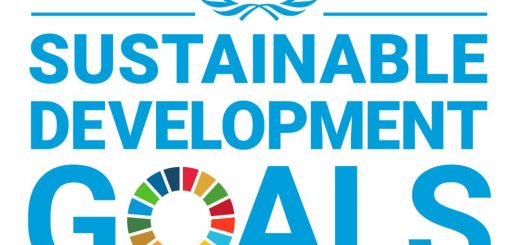Navigating the Future: Global Employment Trends for Youth 2024
Source – Global Employment Trends for Youth 2024
The International Labour Organization (ILO) has released the 20th-anniversary edition of its Global Employment Trends for Youth (GET for Youth) report. This milestone publication reflects on two decades of data and analysis, offering critical insights into how young people are faring in their pursuit of decent work. The report evaluates progress, highlights persistent challenges, and provides recommendations to enhance youth employment outcomes in an increasingly uncertain world.
Post-COVID-19 Recovery: A Mixed Picture
The post-pandemic recovery has brought notable improvements in the labour market for young people aged 15 to 24. As of 2023, global youth unemployment rates have decreased to their lowest level in 15 years, and the number of unemployed young people is the smallest since the beginning of the millennium. The youth employment-to-population ratio has also rebounded, indicating a positive shift for many young job seekers.
However, this recovery has not been uniform. While some regions have seen a return to pre-crisis employment levels, others, such as the Arab States and parts of Asia, continue to face elevated youth unemployment. Gender disparities are also significant, with young women experiencing a slower recovery compared to their male counterparts. The unemployment rate for young women remains higher, reflecting a compounded disadvantage for women in the labour market.
The NEET Crisis: Beyond Unemployment
Despite the decrease in unemployment rates, a broader issue persists – the high proportion of youth who are Not in Employment, Education, or Training (NEET). In 2023, 20.4% of young people worldwide were NEET, underscoring significant gaps in labour market engagement and human capital development. The NEET rate is particularly high among young women, who face greater barriers to accessing education and employment opportunities.
Looking Ahead: Youth Employment Outlook
The report anticipates a slight decrease in the global youth unemployment rate over the next two years, with projections of 12.8% in 2024 and 2025. However, certain regions, including North America and parts of Europe, are expected to see an uptick in youth unemployment rates due to economic and demographic shifts. Concurrently, there are growing concerns about the mental well-being of young people, who report increasing anxiety about job stability, economic conditions, and their future prospects.
Long-Term Trends and Challenges
Reflecting on the past 20 years, the GET for Youth report highlights several enduring issues:
- Job Security: Young people in low-income countries continue to struggle with job insecurity. In high-income countries, while the share of secure jobs is higher, temporary work is on the rise.
- Regional Disparities: Youth unemployment remains critically high in the Arab States and North Africa, with low employment ratios and high NEET rates. Sub-Saharan Africa faces challenges related to job quality and income generation, despite low unemployment rates.
- -Educational Mismatches: Increased educational attainment among youth has not necessarily translated into improved job outcomes. The oversupply of educated youth relative to available high-skilled jobs is contributing to rising educational mismatches and job market inefficiencies.
Policy Recommendations for a Brighter Future
To address these challenges and support young people in their transition to decent work, the report emphasizes the need for comprehensive policy action:
- Boost Job Creation: Implement economic policies that promote job creation and improve access to finance for young entrepreneurs.
- Enhance Education and Training: Focus on reducing educational mismatches and improving the school-to-work transition.
- Support Disadvantaged Youth: Develop targeted labour market policies to assist disadvantaged groups, including young women.
- Promote Entrepreneurship: Encourage policies that support entrepreneurship and self-employment among youth.
- Uphold Labour Rights: Ensure that young workers receive fair treatment and rights in the workplace based on international standards.
The Global Employment Trends for Youth 2024 report underscores the progress made over the past 20 years while highlighting the persistent challenges faced by young people globally. As the world navigates through economic uncertainties and demographic changes, it is crucial to continue investing in policies that support youth employment and address the systemic barriers to achieving decent work. By prioritizing these efforts, we can work towards a future where young people are equipped to thrive and contribute to a more inclusive and productive global economy.
You can read the full report here



